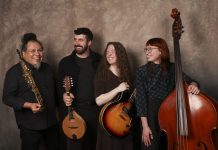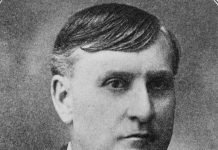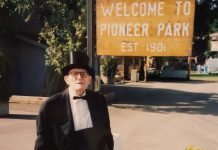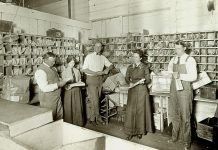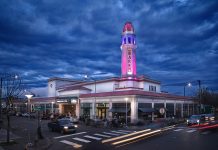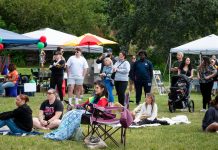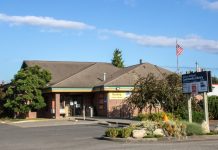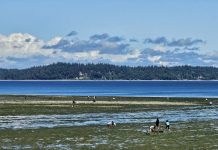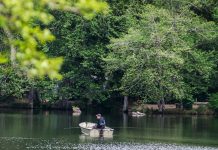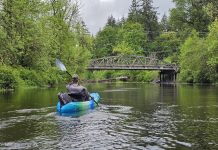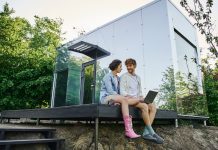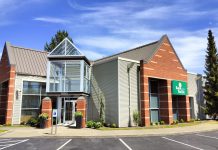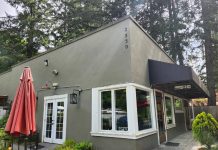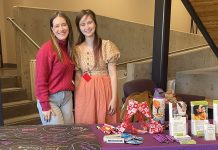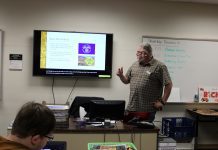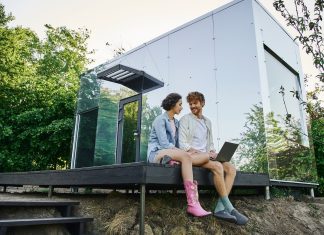A new movement is emerging in Whatcom County to cultivate resilience, health, and hope in the face of environmental crises. Whatcom Million Trees Project aims to plant thousands of new trees in local parks, greenways, and other local lands, as well as to protect our urban trees, key watersheds, and nearby legacy forests.
Whatcom Million Trees Project started in 2020 with an informal group of volunteers, during the COVID-19 pandemic. They incorporated into a 501(c)(3) nonprofit in 2021.
“I realized that there was a need to plant and protect trees and forests here in our county,” says Executive Director and Founder Michael Feerer. “Not only would that help our region to do its part to address the global climate and biodiversity crises, but it would also be a great hands-on way for people to build a sense of hope and empowerment at this time of climate grief and uncertainty.” Whatcom County Executive Satpal Sidhu originally floated the idea of planting a million trees, inspired by a trip to India, which included a visit to an area where large-scale reforestation had started.
Whatcom Million Trees’ mission however isn’t just to plant trees. Its three-part mission is to “Plant, Protect, Connect,” which reflects its goals: to plant new trees, protect existing mature trees from invasive species and deforestation, and connect community members via volunteer opportunities and special events that build greater awareness of the multi-faceted value of trees and forests.
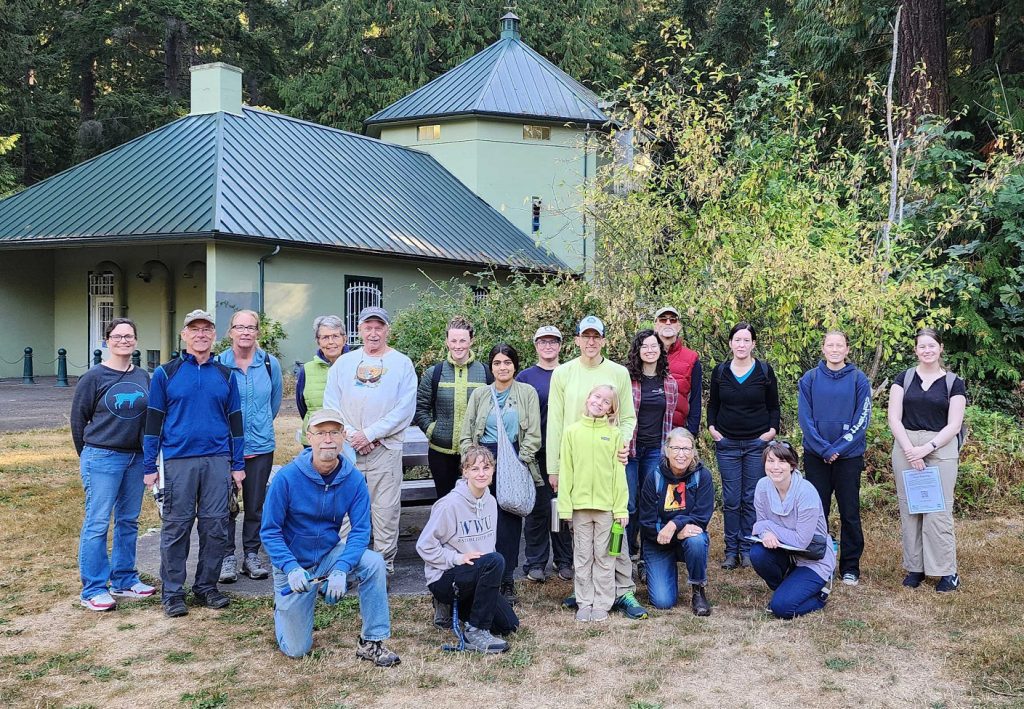
“The reality is that in our community — particularly in the western portion from the foothills to the sea — there’s been an enormous amount of tree loss over the past several decades,” Feerer says.
The project empowers volunteers to take climate action today.
Work Parties and Events
Whatcom Million Trees Project hosts regular work parties in collaboration with City of Bellingham (and soon Whatcom County’s) Parks and Recreation departments, as well as other entities, typically on weekends. Over 500 people have joined its on-call list, and each work party regularly sees 20 to 25 attendees.
“We’re relatively the new kid on the block, so to speak,” Feerer says. “There are other nonprofits doing significant tree planting work locally, and we wanted to make sure we’re complementing their efforts, not duplicating them.” Whatcom Million Trees Project sometimes joins forces with Nooksack Salmon Enhancement Association (NSEA), for example, to expand the restoration work beyond NSEA’s riparian zone focus.
Whatcom Million Trees organizes work parties with the Nooksack Salmon Enhancement Association (NSEA) and Whatcom Land Trust. Their focus on public forests complements NSEA’s focus on riparian zones and Whatcom Land Trust’s on select properties.

In addition to volunteering, community members can support the project by donating, starting local business partnerships, or volunteering to help their admin team.
“We have many volunteer opportunities for skilled people to be part of our admin team to make positive action happen, whether that’s advocacy work or project work,” says Feerer. “And we try every season to create some really cool, inspiring community events for the Connect piece of our mission.”
Whatcom Million Trees’ public outreach includes upcoming events with Whatcom County Library’s Summer Reads program, talks at various clubs and neighborhood associations, and film screenings at Pickford Film Center. For holidays such as Earth Day and Arbor Day, they’ve held expanded work parties.
Seasonal Changes
Whatcom Million Trees Project volunteers plant native tree seedlings from November through March. Their work parties during the remainder of the year focus on removing invasive species and preparing sites for future tree plantings.
“The rest of the year, we turn our attention to English ivy in particular,” Feerer says. “Most people do not realize it, but it kills almost every tree it ends up on.”
The project currently works exclusively on public lands and semi-public lands (i.e. campuses, healthcare sites, faith centers). Residents interested in adding or protecting trees in their neighborhood can become Neighborhood Tree Ambassadors. WMTP trains the Ambassadors to identify and remove English ivy, find appropriate new tree planting sites, and organize neighborhood work parties.
Whatcom Million Trees’ concerns are both local and global. Planting trees can mitigate flooding along the Nooksack Watershed and the heat dome affecting urban neighborhoods with less tree canopy than others, such as Birchwood.

“We’re doing our part in our region for the climate and biodiversity crises, which we’re all facing at an unprecedented level,” says Feerer. “We also want to build increased climate resilience in the community and use trees as an avenue to enhance everyone’s health.”
Trees have proven psychological and health benefits. New trees also restore clean air and water, soil stability, and natural habitats — creating sustainable environments for humans and other living things.
Growing a Brighter Future
With local support, the project has already planted more than a thousand trees locally and has protected over a quarter-million existing mature trees. “We’ve been warmly embraced by the community,” Feerer says. “In a lot of ways, we’ve taken off really quickly, which is great.”
Community members are encouraged to contact Whatcom Million Trees Project via their website at www.whatcommilliontrees.org with project ideas, suggestions for potential work party locations, or other tree-beneficial efforts.
“We like out-of-the-box ideas as ways to catalyze more positive actions for trees and forests that are beyond what people are normally thinking about,” says Feerer.
Like the trees, Whatcom Million Trees Project and the global movement toward a sustainable future will continue to grow.




